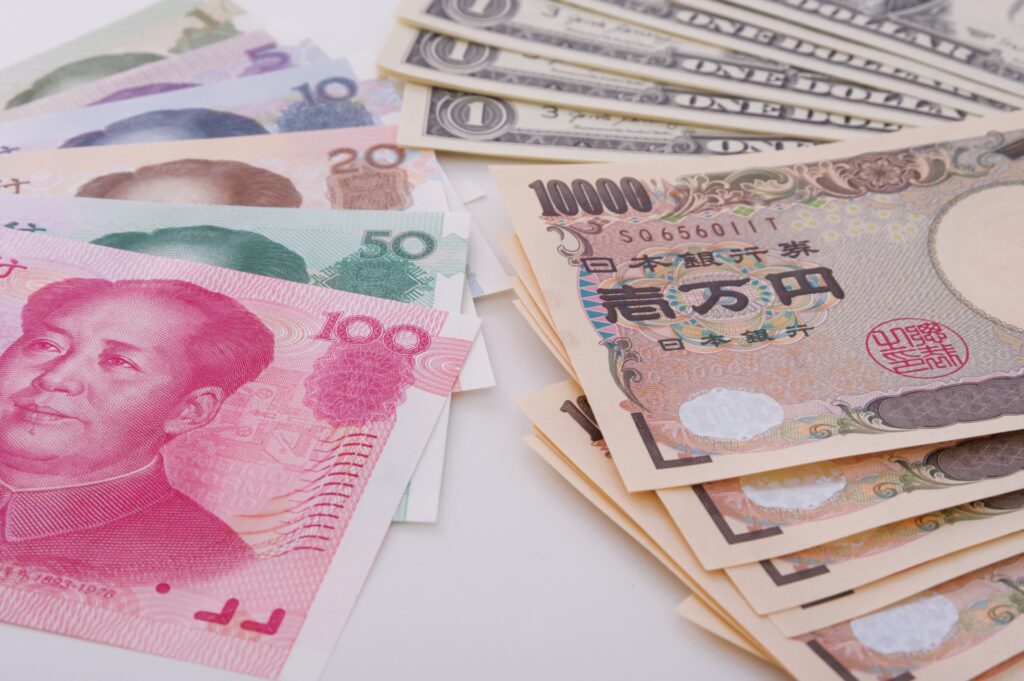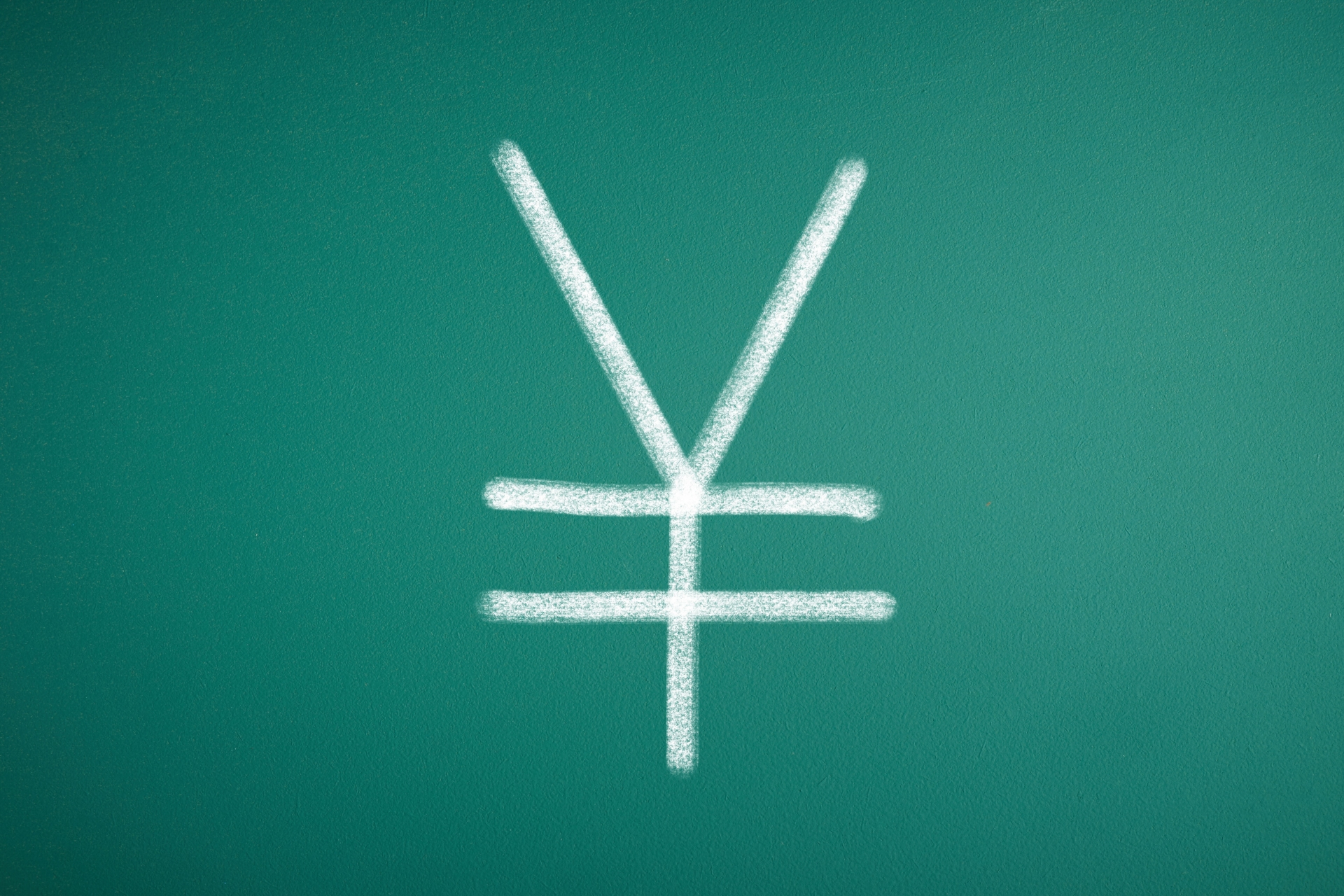The yen symbol (¥) is not only a key representation of Japan’s currency but also holds significant value in international trade, economics, and cultural contexts. This article explores the various aspects of the yen symbol, from its historical origins and current usage in financial markets to practical tips on typing and displaying it in digital content. Whether you’re a currency trader, developer, or simply curious about this iconic symbol, this comprehensive guide has you covered.
The History and Evolution of the Yen Symbol
The yen symbol (¥) is synonymous with Japan’s currency, known globally as the Japanese yen (JPY). Its origins trace back to the 19th century, during the Meiji Restoration, when Japan sought to modernize its currency system. The yen replaced the complex system of feudal currencies and was modeled after the European decimal currency systems. The symbol ¥ represents the first letter of “yen” in Romanized Japanese, with the vertical lines adding a unique identifier similar to other currency symbols like the dollar ($) and pound (£). Over time, the design of the yen symbol has evolved, reflecting typographical preferences and regional variations. Historically, the symbol has been consistent, but minor modifications in different scripts and printing techniques have been observed, contributing to its iconic status in both linguistic and financial contexts.
How to Type and Display the Yen Symbol
Typing the yen symbol accurately is crucial for financial documents, digital communication, and web development. The symbol can be typed using different methods depending on the device or operating system. On a Windows PC, it can be typed using the combination of Alt + 0165 on the numeric keypad, while Mac users can use Option + Y. The Unicode representation of the yen symbol is U+00A5, and it can be implemented in HTML using ¥ or ¥. Software like Microsoft Word and Excel also allow for easy insertion of the yen symbol through their special characters menu. Web developers can use CSS and HTML encoding to ensure the symbol displays correctly across different browsers and platforms, which is essential for maintaining uniformity in financial and international websites.
| Format | Code | Example Display |
| Unicode | U+00A5 | ¥ |
| HTML | ¥ | ¥ |
| HTML | ¥ | ¥ |
The Yen Symbol in Digital and Mobile Payments
With the rise of digital and mobile payment systems, the yen symbol has found new significance in electronic transactions. Mobile apps and online banking platforms frequently use the yen symbol to denote transactions conducted in Japanese yen. The integration of the yen symbol into digital payment interfaces ensures clarity and precision, especially in multi-currency scenarios. Challenges may arise with encoding standards and font compatibility, leading to incorrect or missing symbols. To address this, developers use standardized Unicode representations to maintain consistency. The yen symbol’s presence in digital payments signifies its enduring relevance in both traditional and modern economic systems.
The Yen Symbol’s Role in International Finance

The yen symbol is not only a representation of Japan’s currency but also plays a significant role in international finance. As one of the major global reserve currencies, the yen is frequently used in forex markets, where its symbol signifies Japanese yen in currency pairs (e.g., USD/JPY). Financial reports, market analyses, and international trade agreements routinely feature the yen symbol, highlighting its importance in the global economy. The symbol’s usage extends to financial instruments, including bonds and derivatives, where it helps investors easily identify transactions involving Japanese currency. Its consistent appearance in financial documentation underlines its reliability and global recognition.
Common Misunderstandings and Variations of the Yen Symbol

Confusion sometimes arises between the yen symbol (¥) and the Chinese yuan symbol, as both share similar appearances. However, their usage and context differentiate them, with the yen symbol being specific to Japan and the yuan symbol representing China’s currency. Additionally, regional typographical differences may lead to slight variations in the design of the yen symbol, depending on the font or writing system used. These variations, although minor, emphasize the need for standardized practices, especially in international communications and digital content to prevent misinterpretation.
| Currency | Symbol | Country |
| Yen | ¥ | Japan |
| Yuan | ¥ | China |
| Won | ₩ | South Korea |
The Yen Symbol in Popular Culture and Media
Beyond its financial and economic significance, the yen symbol has made its mark in popular culture and media. It frequently appears in movies, advertisements, and graphic design, symbolizing wealth, finance, or Japanese culture. The symbol’s iconic status is sometimes utilized in brand logos and marketing campaigns, tapping into its association with economic power and cultural identity. Examples of its use can be found in anime, video games, and international advertising, where the yen symbol conveys messages related to Japan or its economy, demonstrating its versatility and cultural impact.
Conclusion
The yen symbol (¥) is a powerful representation of Japan’s economic identity and cultural heritage. From its historical origins to its modern applications in digital finance, the symbol continues to play a crucial role in global economics and popular culture. Whether for practical use in typing and digital representation or for its cultural connotations, understanding the yen symbol enriches one’s appreciation of its significance in the international landscape.











